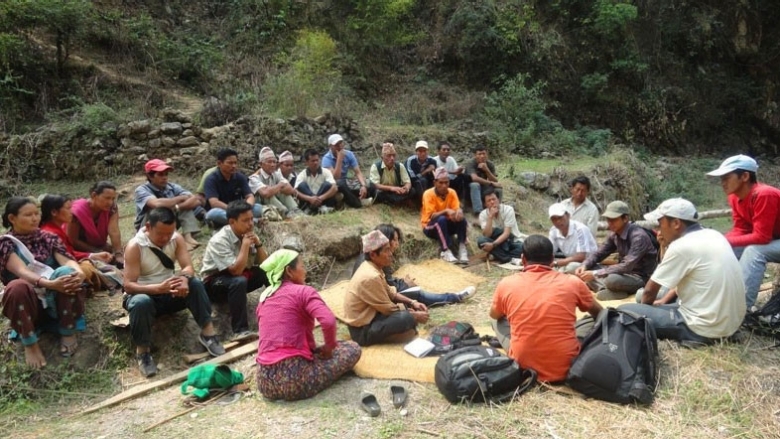Micro-hydros change lives
The micro-hydros in rural Nepal are changing lives by lighting homes, streets and businesses with off-grid electricity.“One of the biggest differences I notice after getting electricity in our village is that children can now study in the evening and do their homework. Because we have electricity, we can also run adult education classes in the primary school at night." a school teacher in Tistung. Streets and businesses light up at night, increasing safety and attracting customers. Children have light to do their homework. People listen to the radio, charge their cell phones and power small machinery. Electricity is also increasing local mechanization for grain and saw mills and printing shops, creating local jobs.
Another benefit is improved health and household finances. People are spending less money on kerosene, diesel and batteries – and breathe in less smoke from oil lamps and diesel generators. And the environment benefits from reduced chemical pollution from dry cell batteries.
Because the project provides climate-friendly energy from renewable sources instead of diesel fuel to power lights and businesses, it earns carbon credits under the UN’s Clean Development Mechanism for the Nepalese government to trade or sell. On May 4, 2015 the project issued its first carbon credits, for the reduction of 66,345 tons of carbon dioxide emissions. These carbon credits were purchased by the World Bank’s Community Development Carbon Fund, which also provided technical assistance to develop the project together with AEPC. This is the first micro-hydro type project to issue carbon credits in Nepal and in the South Asia region.
Community ownership of the hydros
Some of the communities are so remote that the only access to the hydros is by hiking seven hours on treacherous mountain trails. Others are only reachable by car over a riverbed during the dry season. So the hydros are owned, constructed, managed and operated by the community themselves, with oversight and training by AEPC’s 16 district centers. Each community was able to install a micro-hydro at a subsidized price, equal to between 35%-55% of the total investment. They also established a hydro management committee that is responsible for collecting a small flat fee from households and businesses to pay for operator salaries and small repairs. About 1,250 plant operator positions have been created, supporting the communities further.
While the earthquakes in April and May devastated the entire population and damaged about 130 out of the 426 plants, the Nepali government has pledged to rebuild all damaged plants; 74 of them are now fully or partially operating.


